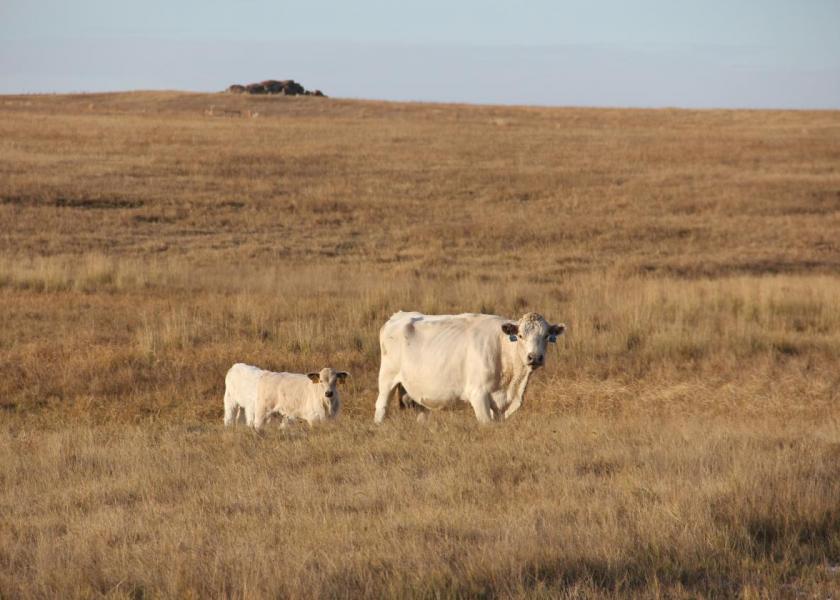Failing to Plan for Drought is Planning to Fail

Cattle producers should be prepared to deal with drought this year, North Dakota State University range and livestock experts warn.
Despite heavy snowfall in many areas of North Dakota during the winter, the current U.S. Drought Monitor shows approximately 75 percent of the state is classified as abnormally dry. The remaining 25 percent has moderate drought.
“With the majority (80 percent) of perennial grass growth in our area dictated by rainfall received prior to July 1, current conditions are a concern for producers,” says Janna Kincheloe, the NDSU Extension Service’s area livestock systems specialist at the Hettinger Research Extension Center.
Statewide precipitation to this point is 50 to 80 percent of normal, and dry conditions are expected to persist throughout the summer.
“Due to these dry conditions in May, producers should expect a 10 percent or greater reduction in forage,” cautions Kevin Sedivec, NDSU Extension rangeland management specialist. “If June remains dry, expect a minimum 30 percent reduction in grazeable forage. Livestock producers should have a drought management plan in place in case drought continues into the growing season.”
Some common strategies to prepare for and deal with drought include:
- Increase the use of purchased feed
- Lease additional pasture
- Place livestock in a drylot temporarily
- Wean early
- Destock
One of the first steps in preparing a drought management plan is to identify “triggers,” or thresholds, associated with water and vegetation that indicate the need for action.
If water quality is questionable, producers should collect samples and send them to a laboratory for analysis. Water testing kits are available through the county offices of the NDSU Extension Service.







